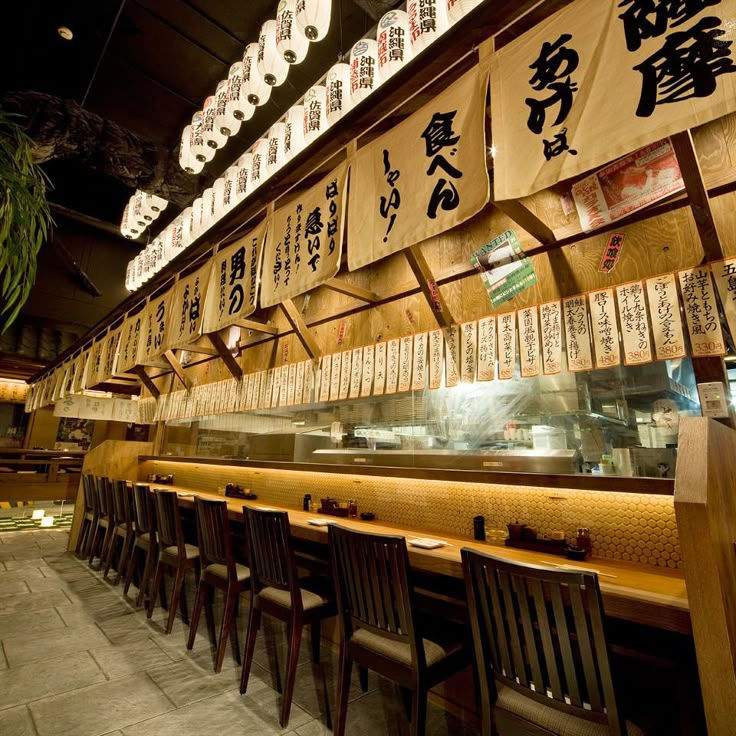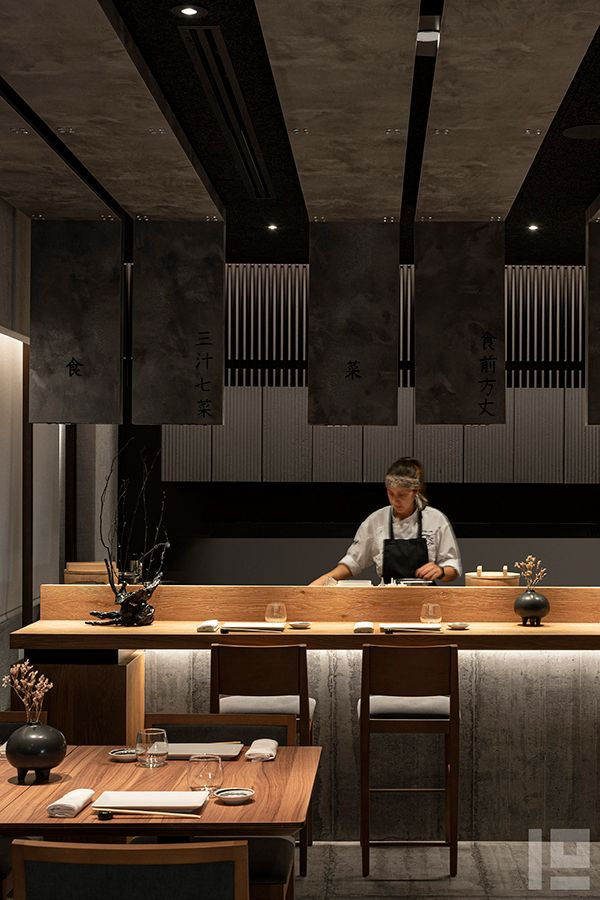Does that work well with Americans?
- kforest0911
- 4月21日
- 読了時間: 4分
更新日:5月5日
~Wisdom to "localize" Japanese classic menus~
"I want to convey the taste of Japan as it is" For Japanese people who start a restaurant, this feeling is very strong. However, in order to succeed in the United States, "localization of taste" is inevitable.
Being "Authentic" and being considered "Delicious" are not the same.
🍜 Protecting the taste vs adapting to the tongue: balance is the key
For example, what Americans want for Japanese ramen is:
Richer soup
Thick and chewy noodles
The luxury of the toppings (char siu, eggs, plenty of vegetables)
Spicy and spicy variations
Authentic light soy sauce ramen may be thought to have a "light taste". **It is important to understand the gap that feels "classy" in Japan, but "insufficient" in the United States**.
🍱 It is said that Japan's standard is "changing" like this!
menu | A classic in Japan | An example of an arrangement that is popular in the United States |
fried chicken(karaage) | One bite size + soy sauce flavor | Sweet and spicy sauce or honey mustard, chili mayo dip |
Udon noodle | Warm and simple | Garlic shrimp on top, vegetarian compatible |
Low-spice and sweet | Spicy beef curry and cheese topping | |
miso soup | Breakfast and appetizers | Served as a "soup with a lot of ingredients" with tofu + mushrooms + seaweed |
sushi | Simple material and smalll size | Enriched with roll system, avocado, spicy sina, and grilled system |
💡 "Localization" is a strategy, not a compromise
The important thing is not to "pander", but to "change the order of communication".
At first, it is attractive with "easy-to-understand taste"
Gradually introduce the original taste and culture
Respond to diversity with "selectable styles" (e.g. vegetarian options for miso ramen)
When customers feel that "Japanese food is profound", "authentic" comes to life for the first time.
🏆 Learn from success stories: Locally popular menus
Spicy fried rice bowl (chili mayo + freshly fried chicken + rice)
Sushi burrito (fusion of sushi + hand roll + Mexican)
Matcha tiramisu (Japanese + Western balance)
Ginger teriyaki burger (teriyaki sauce + gluten-free bread)
The "slight Japanese-style" arrangement creates friendliness.
🌍 Finally, "convey" and "delive" are different. But it can be combined.
Let's "translate" food like "translating" culture. Correcting the taste of Japan that you want to convey into local language (taste) is the best creative thing to be loved for a long time in America.
それ、アメリカ人にもウケますか?
〜日本の定番メニューを“ローカライズ”する知恵〜
「日本の味をそのまま伝えたい」飲食店を始める日本人にとって、この想いは非常に強いもの。ですが、アメリカで成功するためには、“味の現地化”は避けて通れません。
“Authentic(本格的)”であることと、“Delicious(美味しい)”と思われることは、イコールではないのです。
🍜 味を守る vs 舌に合わせる:バランスがカギ
たとえば、日本のラーメンに対してアメリカ人が求めるのは:
より濃厚なスープ
太めでコシのある麺
トッピングの豪華さ(チャーシュー・卵・野菜たっぷり)
ピリ辛やスパイシーなバリエーション
本場のあっさり醤油ラーメンは、「味が薄い」と思われることも。**日本では“上品”、でもアメリカでは“物足りない”**と感じられるギャップを理解することが大切です。
🍱 日本の定番、こう“変える”と伝わる!
メニュー | 日本での定番 | アメリカでウケるアレンジ例 |
唐揚げ | 一口サイズ+醤油味 | 甘辛ソース or ハニーマスタード、チリマヨディップ |
うどん | 温かくてシンプル | ガーリックシュリンプ乗せ・ベジタリアン対応 |
カレーライス | スパイス控えめ・甘口 | スパイシービーフカレー・チーズトッピング |
味噌汁 | 朝食・前菜 | 豆腐+きのこ+ワカメで“具だくさんスープ”として提供 |
寿司 | シンプルなネタ・小ぶりサイズ | ロール系・アボカド・スパイシーツナ・炙り系を充実 |
💡 “現地化”は、妥協ではなく戦略
大事なのは、「迎合」するのではなく、「伝える順番を変える」こと。
最初は“わかりやすい味”で惹きつける
徐々に本来の味や文化を紹介していく
“選べるスタイル”で多様性に対応する(例:味噌ラーメンにベジタリアンオプション)
お客様が「日本食って奥深いんだ」と感じた時、はじめて“本格”が生きてきます。
🏆 成功例に学ぶ:現地でウケたメニュー
スパイシー唐揚げ丼(チリマヨ+揚げたて鶏肉+ごはん)
寿司ブリトー(寿司+手巻き+メキシカンの融合)
抹茶ティラミス(和+洋のバランス)
ジンジャー照り焼きバーガー(照り焼きソース+グルテンフリーパン)
“ちょっと日本風”のアレンジが、親しみやすさを生むのです。
🌍 最後に:「伝える」と「届く」は違う。でも、両立できる。
文化を“翻訳”するように、料理を“翻訳”してみましょう。伝えたい日本の味を、現地の言葉(味覚)に直すことは、アメリカで長く愛されるための、最高のクリエイティブです。




コメント